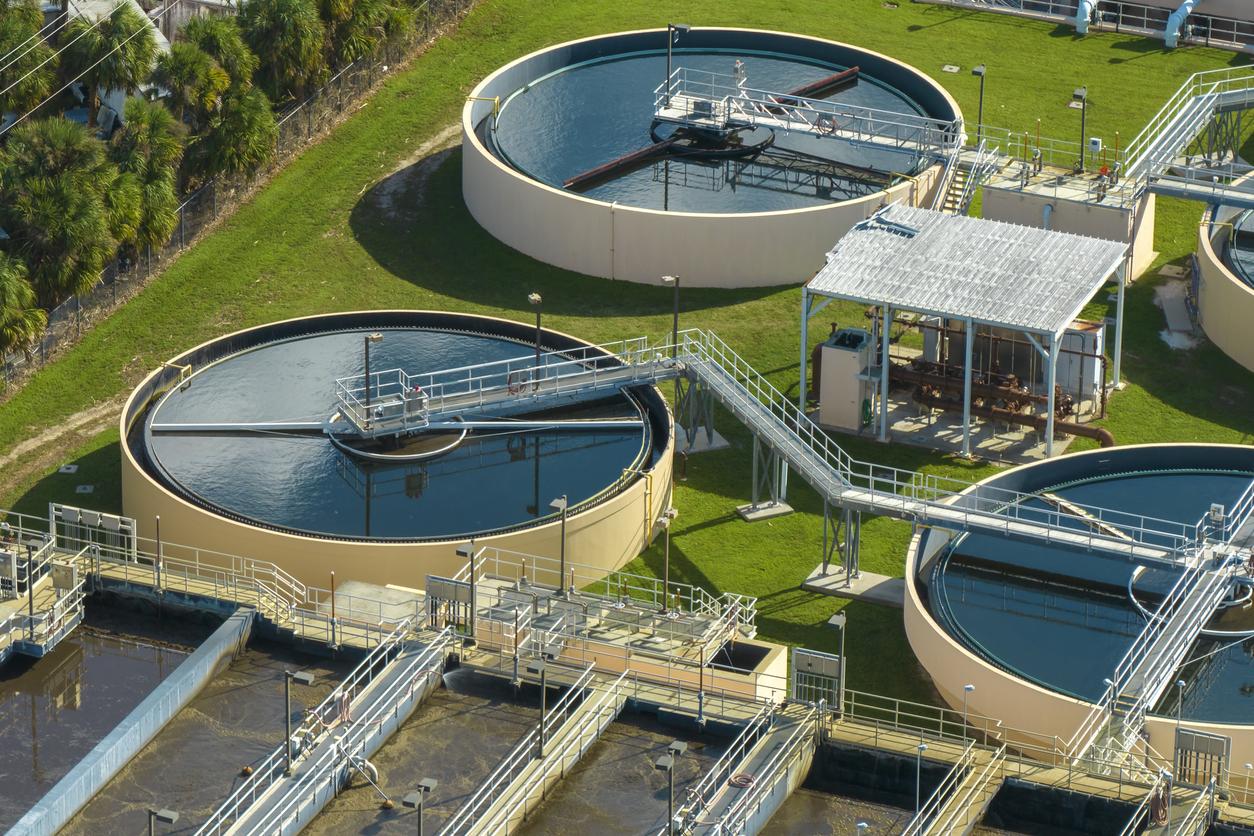Wastewater surveillance may be the most accurate way to track SARS-CoV-2 community prevalence and identify variants of concern amid increased home COVID-19 testing, decreased public health reporting, and fewer healthcare visits due to asymptomatic cases and the wide availability of vaccines and treatments, Stanford University researchers report today in JAMA Network Open.
The team conducted a time series analysis of wastewater surveillance data from 268 counties in 22 US states from January to September 2022 and offer a strategy for communities to use SARS-CoV-2 wastewater metrics amid declining reliability of conventional surveillance methods. The study period took place during SARS-CoV-2 Omicron variant predominance.
The main study outcomes were county-high COVID-19 cases (at least 200 cases per 100,000 people) and hospitalizations (10 or more per 100,000 2 weeks after case reports) by quarter in 2022.
Challenges interpreting wastewater results
More than 70 countries and 3,500 sites report COVID-19 data to a global dashboard. In the United States, most communities with populations of at least 3,000 people that conduct wastewater surveillance report metrics to the Centers for Disease Control and Prevention's (CDC's) National Wastewater Surveillance System (NWSS). The researchers used this data for their study.
But, they said, the NWSS recommends that "point estimates of community infection based on wastewater measurements should not be used to shape policy," mostly because the amount of virus infected people shed into sewage hasn't been well characterized.
"Adoption of wastewater surveillance to inform public policy has not yet become widespread, in part because of challenges in interpreting results with shifting detection methods, virus strains, populations served, and wastewater dynamics," the researchers wrote.
In first quarter 2022, use of the wastewater percentile (viral wastewater concentration relative to the county maximum) accurately detected high reported rates of COVID-19 cases (area under the curve [AUC], 0.95) and hospitalization (AUC, 0.86). But the 15-day percentage change in SARS-CoV-2 (percentage change metric) performed poorly, with AUCs of 0.51 to 0.57 for new cases and 0.50 to 0.55 for hospitalizations in the first three quarters.
The Youden index score (another measure of test accuracy) for wastewater surveillance of high county incidence was 51% (sensitivity, 0.82; specificity, 0.93), and a model that used both AUC and Youden index scores performed no better than the wastewater percentile alone.
When little home testing was being conducted, wastewater percentiles in all counties tracked quite closely with new cases per 100,000 population. However, the association of the wastewater percentile with COVID-19 reported cases decreased over the next 2 quarters.
The performance of wastewater surveillance alone fell for cases in the second (AUC, 0.84) and third quarter (AUC, 0.72) relative to publicly reported cases, which the study authors said could be due to case underreporting, reduced testing, and lower virulence of infection due to vaccines and treatments.
"When little home testing was being conducted, wastewater percentiles in all counties tracked quite closely with new cases per 100,000 population," the researchers summarized. "However, the association of the wastewater percentile with COVID-19 reported cases decreased over the next 2 quarters, indicating an increasing dissociation between community viral prevalence and reports of infection to health departments."
Protecting high-risk groups
Rapid determination of community COVID-19 incidence can guide screening at hospitals, residential facilities, schools, and communal gatherings; mobilize treatment supplies; and preserve hospital capacity, the authors said. And since the CDC stopped publicly sharing COVID-19 case data in May 2023, water surveillance is likely the most accurate way to monitor infections
The researchers suggested that counties performing wastewater surveillance and reporting data to the CDC NWSS could use an aggregated measure of the percentage of maximum wastewater SARS-CoV-2 concentration to estimate county COVID-19 prevalence.
"Counties with a longer historical data record, tracking back to at least January 2022, will generally provide the most reliable estimates," they wrote. "We demonstrated that wastewater surveillance can be operationalized to fulfill the relevant public policy goals of public awareness of true SARS-CoV-2 incidence and implementation of additional actions specifically designed to protect medically vulnerable populations."




















